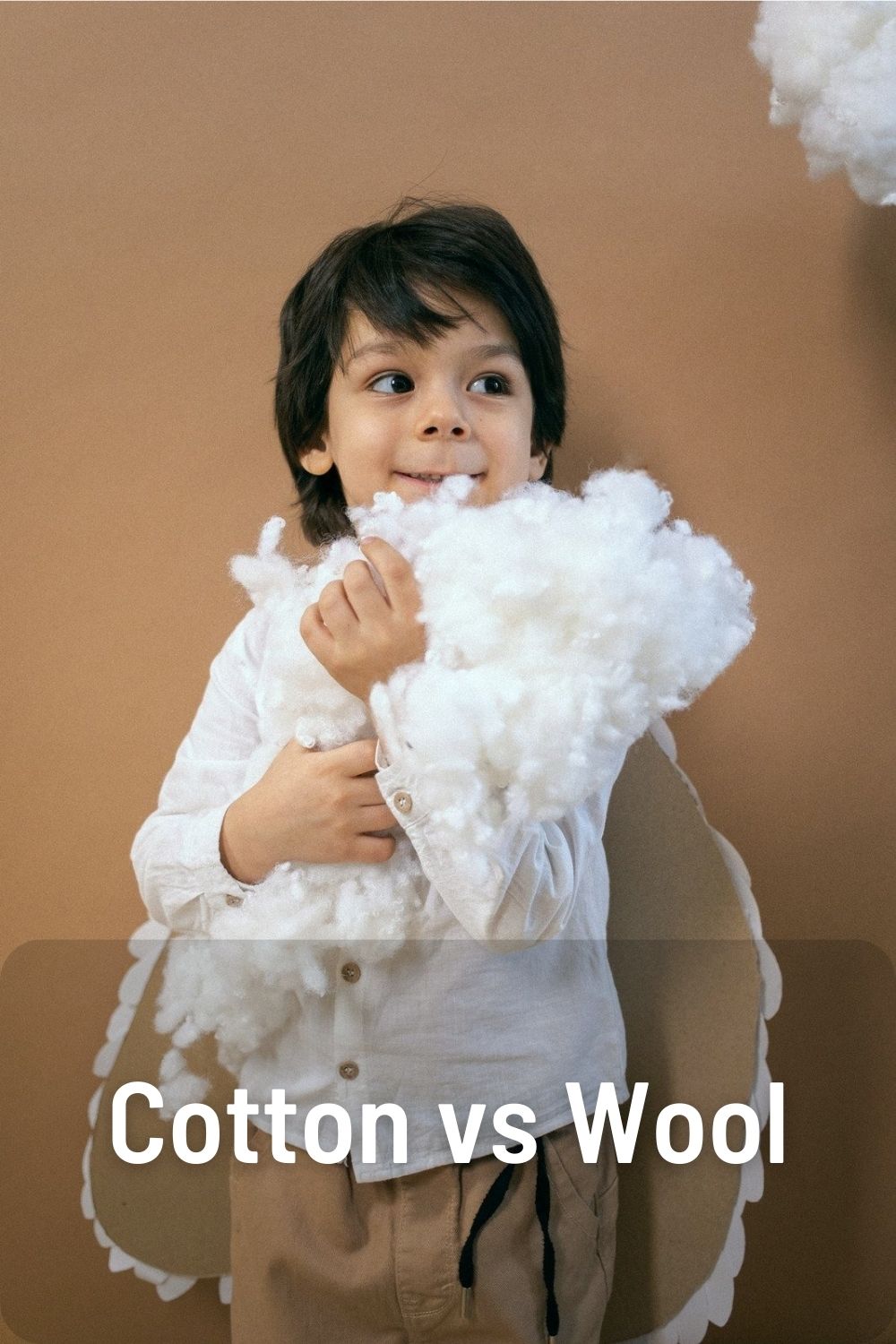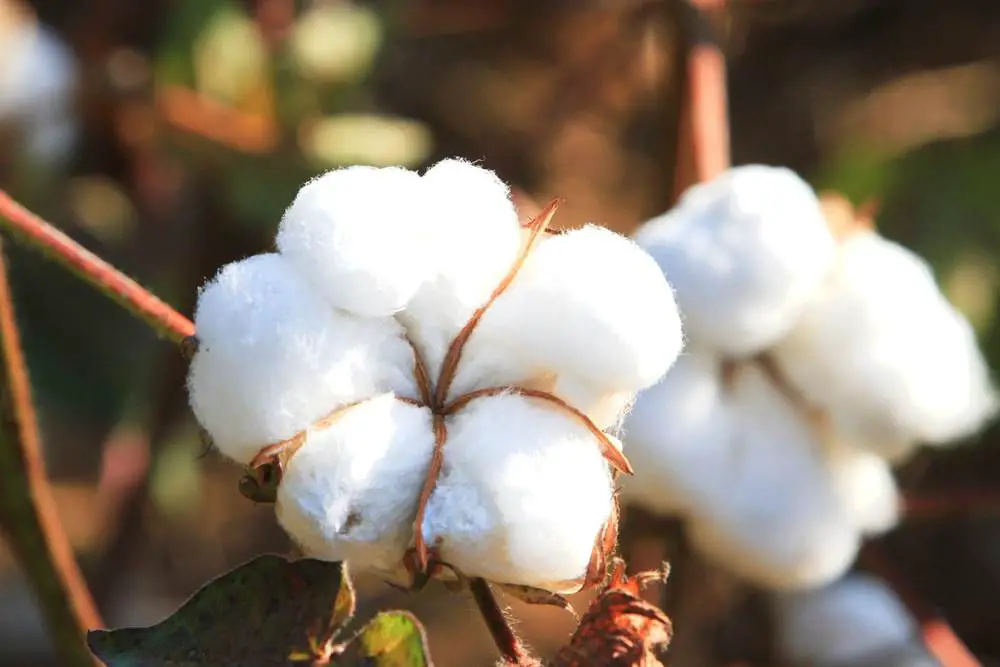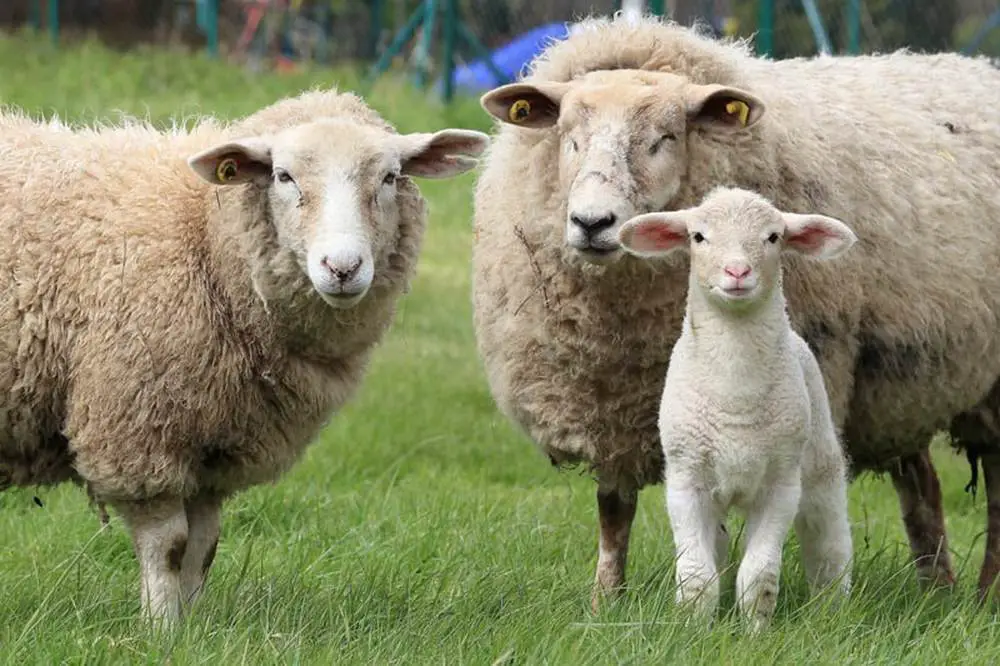
Cotton and wool are two of the most popular textiles worldwide. Both are natural fibers that come from plants and animals. But there are some distinct differences between cotton and wool in terms of their properties, manufacturing process, sustainability, care and maintenance.
Understanding the key differences between cotton and wool can help you choose the right fabric for clothing, home décor, and other applications. This comprehensive guide examines cotton vs wool across various parameters to highlight their unique characteristics.
Table of Contents
Origins and Manufacturing Process
Where Does Cotton Come From

Cotton is a soft, fluffy staple fiber that grows as a boll around the seeds of cotton plants. It is a plant-based natural fiber obtained primarily from the species Gossypium hirsutum and Gossypium barbadense.
The cotton bolls are harvested when they turn brown and start splitting open. The harvested bolls go through the ginning process to separate the cotton lint from the seeds. After ginning, the cotton is compressed into bales and sent for further processing into yarn and fabric.
The major cotton producing countries are India, China, United States, Pakistan, Brazil and Uzbekistan. Over 20 million tons of cotton lint is produced worldwide each year.
Where Does Wool Come From

Wool is a natural protein fiber obtained from sheep and other animals like goats, alpacas, llamas and rabbits. It grows as a thick winter coat on these animals.
Sheep produce over 90% of the world’s wool. Australia, China, New Zealand, India and United Kingdom are the top producers of wool. Over 1.1 million tons of clean wool is produced globally per year.
To obtain wool, sheep are shorn once a year without harming them. The fleece is processed to remove impurities and convert it into yarn and fabric. Merino sheep produce the finest quality wool.
Key Differences in Manufacturing Process
Cotton and wool have different manufacturing processes:
- Cotton is ginned to separate lint from seeds, carded and drawn into roving, spun into yarn, and then woven or knitted into fabric.
- Wool is sheared, scoured to remove impurities, carded, spun into yarn, and then turned into fabric.
Wool requires an additional scouring step to remove grease and dirt particles embedded in the fleece. Both fibers go through mechanical and chemical processing to achieve the desired quality and finish of the textiles.
Properties and Characteristics
Cotton and wool vary significantly in their properties which impact their behavior and performance as textiles.
Cotton Properties
- It is composed of pure cellulose with a molecular structure similar to paper.
- Cotton has a soft, fluffy texture and does not have scales on its surface.
- The fiber strands can be spun into fine counts yarns and made into lightweight fabrics.
- Cotton has good absorbency and takes on color easily.
- It is breathable and helps dissipate body heat making it comfortable for summerwear.
- Cotton has moderate tensile strength when wet.
- It is non-elastic and prone to wrinkling.
- Cotton has good resistance to alkalis but can get damaged by acids.
Wool Properties
- Wool fibers have a fibrous protein core wrapped in keratin scales.
- The scales give wool good elasticity and bounce.
- Wool is crimped and has a higher natural twist enabling it to trap more air.
- It is an excellent insulator and retains warmth well.
- Wool is fire resistant and has good moisture management.
- It resists dirt, odors and static buildup due to lanolin wax coating.
- Wool has natural crease resistance and stretchability.
- It is durable but sensitive to alkalis and moths.
| Property | Cotton | Wool |
|---|---|---|
| Fiber composition | Cellulose | Protein |
| Surface texture | Smooth, no scales | Scaly surface with crimp |
| Absorbency | High | Can absorb up to 30% moisture |
| Breathability | Very good | Good |
| Elasticity | Low | High due to crimp |
| Tensile strength | Strong when wet | Relatively inelastic |
| Wrinkle resistance | Poor | Good |
| Durability | Prone to wear and tear | Hardwearing and resilient |
| Heat retention | Poor insulator | Excellent insulator due to crimp |
The presence of scales and crimp makes wool a tougher, more elastic fiber with better bounce, crease recovery and insulation capacity compared to cotton. Cotton’s smooth surface and moisture absorption deliver a cooler, softer feel than wool.
Production and Environmental Impact
Cotton and wool production have significantly different environmental footprints in terms of land use, water consumption and carbon emissions.
Cotton’s Environmental Impact
- Cotton occupies just 2.4% of world’s crop area but uses 6% of global pesticides and 16% of insecticides.
- It accounts for an estimated 20,000 deaths per year from accidental pesticide ingestion.
- 20,000 liters of water are needed to produce 1 kg of cotton, most of it drawn from groundwater.
- Cotton generate 1.5% of global carbon emissions due to heavy use of fertilizers and pesticides.
Wool’s Environmental Impact
- Sheep are farmed on natural grasslands unsuitable for crops. Very little chemicals are used.
- As sheep consume rain-fed pasture, wool’s water footprint is 50 times lower than cotton.
- Wool production accounts for under 0.7% of anthropogenic carbon emissions.
- Most parts of the sheep fleece and carcass are fully biodegradable.
Wool has a substantially lower environmental impact than cotton due to reduced chemical usage and carbon emissions. Cotton cultivation puts greater pressure on land and water resources.
Cost Comparison
Cotton clothing is generally more affordable while woolens are pricier and associated with luxury brands.
- Basic cotton apparel such as t-shirts, jeans and underwear are relatively inexpensive.
- High-quality extra long staple cotton is more costly but still cheaper than wool.
- Merino wool is 50% costlier than cotton yarn. Fine woolens are priced higher.
- Processing costs are lower for cotton as it requires less specialized equipment.
- Blending cotton with synthetics or wool reduces its price.
- Environmental and ethical factors influence costs. Organic cottons warrant premium pricing.
Cotton offers better value-for-money for daily casual wear. Wool is preferred for colder weather and formal/business apparel despite higher prices. Blending the two can balance cost and performance.
Garment Care and Durability
Cotton and wool need different laundering methods and have varying lifespans as clothing:
Cotton Care
- Cotton clothing should be washed in cool or warm water using a mild detergent.
- Chlorine bleach can damage cotton fibers causing yellowing and weakening.
- Cottons should be tumble-dried on low heat. High temperatures can reduce lifespan.
- Ironing cottons with medium heat allows wrinkles to be smoothed out.
- Dry cleaning is an alternative for fancy cotton items.
Wool Care
- Woolens should be washed in cool water using special wool detergents or shampoo.
- Wool is prone to shrinkage and should never be washed in hot water or bleached.
- Items should be laid flat or dried on a rack to prevent stretching.
- Wool clothing should be steam pressed on the reverse rather than ironed.
- Dry cleaning is recommended for wool suits, coats, dresses etc.
Durability
- Cotton has moderate strength when wet but repeated laundering causes wear and tear.
- High quality long staple cotton stands up well to frequent washing.
- The elastic structure of wool makes it more long-lasting than cotton.
- Wool resists pilling and holds shape better than cotton during cleaning.
- Moth damage can destroy wool items whereas cotton is unaffected.
- With proper care, woolens can last for many years.
So wool outweighs cotton in terms of garment longevity and ability to maintain the original shape and texture after repeated use and cleaning.
When to Choose Cotton or Wool
Clothing end-use, performance needs, cost and care requirements determine whether cotton or wool is preferable.
Cotton is Better For:
- Daily t-shirts, jeans, socks, underwear, shirts etc. due to affordability and comfort.
- Warm weather and tropical climates owing to its breathability, absorbency and cooling effect.
- Activewear and sportswear that require moisture absorption and ventilation.
- Casual everyday clothing for work and leisure activities.
- People with wool sensitivity or allergies.
Wool is Better For:
- Suits, coats, sweaters, dresses and winterwear due to insulation and warmth.
- Outer layers and performance apparel designed for cold environments.
- Travel clothing owing to wool’s resistance to odors and wrinkling.
- Office uniforms and business attire due to shape retention.
- Outerwear for hikers, campers and outdoor enthusiasts to retain body heat.
- Those living in regions with cold winters who require warm, durable fabrics.
- Blends: Combining wool and cotton creates fabrics ideal for shirts, bedsheets and jackets that balance cost, comfort, easy care and performance.
So weighing factors like climate, use case, cost priorities and laundering capabilities help decide between cotton and wool clothing. Blending the two offers versatile fabric options.
Conclusion
While cotton and wool share similarities as popular plant and animal-based textiles, they have distinct properties based on their structure and origin.
Key differences can be summarized as:
- Cotton has a fluffy, breathable feel with good absorption while wool is elastic, warm and resilient.
- Cotton requires more pesticides and water for cultivation versus wool’s eco-friendliness.
- Cotton clothing is more affordable and common while wool carries luxury pricing.
- Wool garments are longer-lasting than cotton if properly laundered.
- Cotton suits everyday apparel in warm weather while wool excels in cold climates.
Choosing between the two depends on the intended use, care considerations and personal preferences regarding cost, comfort and environmental impact. Blending cotton and wool gives the best of both worlds.
Understanding cotton vs wool differences allows us to select the best possible fabrics for clothing, bedding, upholstery and crafting needs. Both natural fibers have stood the test of time and will continue to be staples in the textile industry.
Frequently Asked Questions
Is cotton warmer than wool?
No, wool is considerably warmer than cotton. Wool is a superior insulator that retains heat effectively owing to its crimped fibrous structure which traps air. Cotton does not provide warmth and insulation.
Is wool more expensive than cotton?
Yes, wool is generally pricier than cotton. Merino wool is 50% more expensive than cotton yarn. Processing costs are also higher for wool textiles. Cotton is more affordable and viewed as a value fiber.
Is wool more durable than cotton?
Yes, wool fabrics tend to be longer lasting and maintain their shape better after repeated wear and washes. Cotton weakens over time with laundering. However, moth damage can ruin wool items. Proper care maximizes the lifespan of both.
Which is better for summer clothing, cotton or wool?
Cotton is the preferred summer fabric due to its lightness, breathability and absorbency to keep wearers cool and comfortable in hot weather. Wool can overheat and irritate the skin in warm humid climates.
Is wool better for cold weather than cotton?
Yes, wool is far superior to cotton in cold climates and winter weather. Its insulation and warmth help maintain body temperature. Cotton provides no protection from the cold. Wool is the material of choice for coats, sweaters, accessories and winter gear.